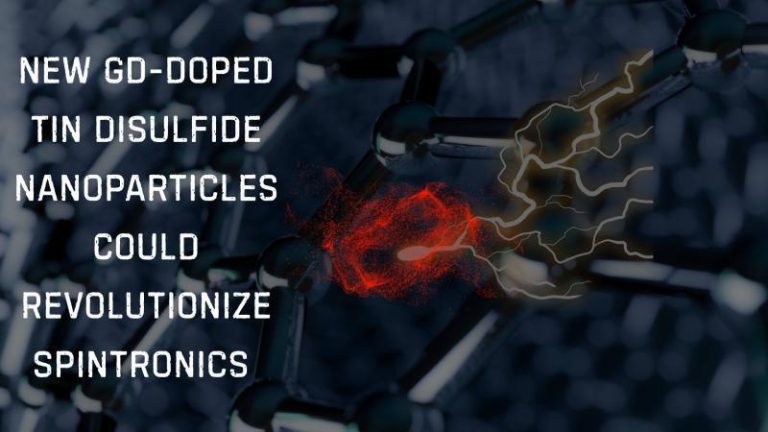
Largest Known Object in the Universe Discovered
The universe is full of mysteries, and astronomers have always been fascinated by the vast expanse of space and the structures that inhabit it. Recently, a team of scientists has made a groundbreaking discovery, uncovering the largest known object in the universe. Spanning an astonishing 1.3 billion light years across, this massive structure is hundreds of thousands of times more massive than a single galaxy. The team, led by Hans Boehringer at the Max Planck Institute for Physics in Germany, has named this incredible find “Quipu,” after an Incan counting system made from knotted rope.
Quipu is a network of galaxy superclusters, which are groups of galaxies that are bound together by gravity. But Quipu is not just any ordinary network – it’s a behemoth that stretches across vast distances, containing nearly 70 galactic superclusters. To put its massive size into perspective, the Milky Way galaxy, which is one of the largest galaxies in the local universe, is about 100,000 light years in diameter. Quipu, on the other hand, is a staggering 13 billion light years across.
The discovery of Quipu was made possible by a combination of cutting-edge technology and innovative data analysis techniques. The team used a variety of astronomical surveys and observations to map the distribution of galaxies across the universe. They then used sophisticated algorithms to identify patterns and structures in the data, ultimately leading them to the discovery of Quipu.
The significance of Quipu cannot be overstated. The object is not only the largest known structure in the universe, but it also provides valuable insights into the formation and evolution of the universe as we know it. Quipu’s massive size and complex structure suggest that it may be the result of a long-standing process that has been shaping the universe over billions of years.
The discovery of Quipu also raises important questions about the nature of the universe. For example, how did such a massive structure come to be? Is it a result of the universe’s early formation, or is it a more recent phenomenon? These questions will require further research and analysis to answer, but the discovery of Quipu is undoubtedly a major step forward in our understanding of the universe.
The team’s findings were published in a recent paper titled “The Quipu galaxy filament: a 1.3 Gpc long cosmic structure” (https://arxiv.org/abs/2501.19236). The paper provides a detailed analysis of the data and the methods used to identify Quipu, as well as its implications for our understanding of the universe.
In conclusion, the discovery of Quipu is a major breakthrough in the field of astronomy and cosmology. This massive structure is a reminder of the awe-inspiring scale and complexity of the universe, and it provides a fascinating new area of study for scientists and researchers. As we continue to explore and learn more about Quipu, we may uncover even more secrets about the universe and our place within it.
Source:
Boehringer, H., et al. (2025). The Quipu galaxy filament: a 1.3 Gpc long cosmic structure. arXiv preprint arXiv:2501.19236, https://arxiv.org/abs/2501.19236






